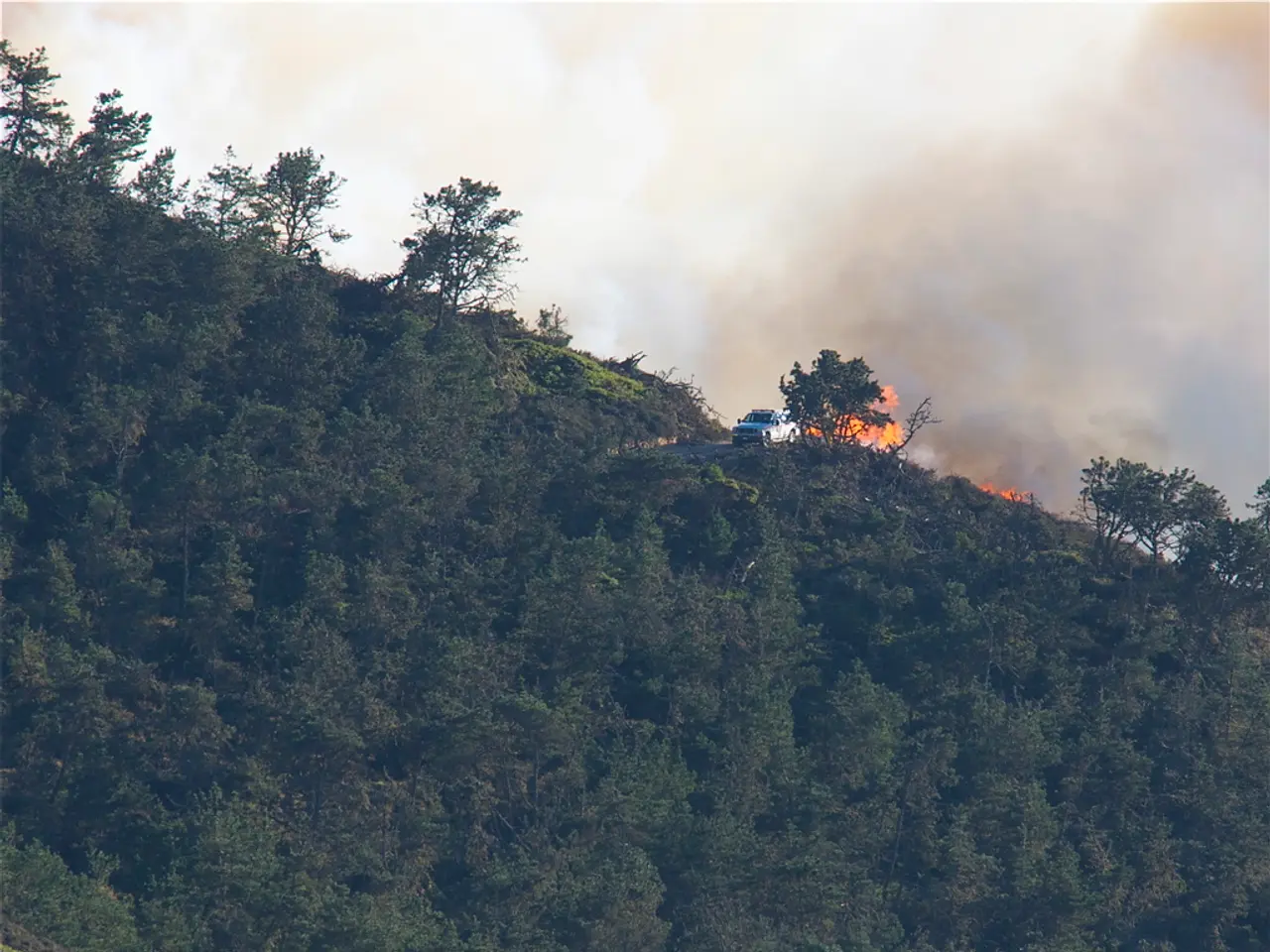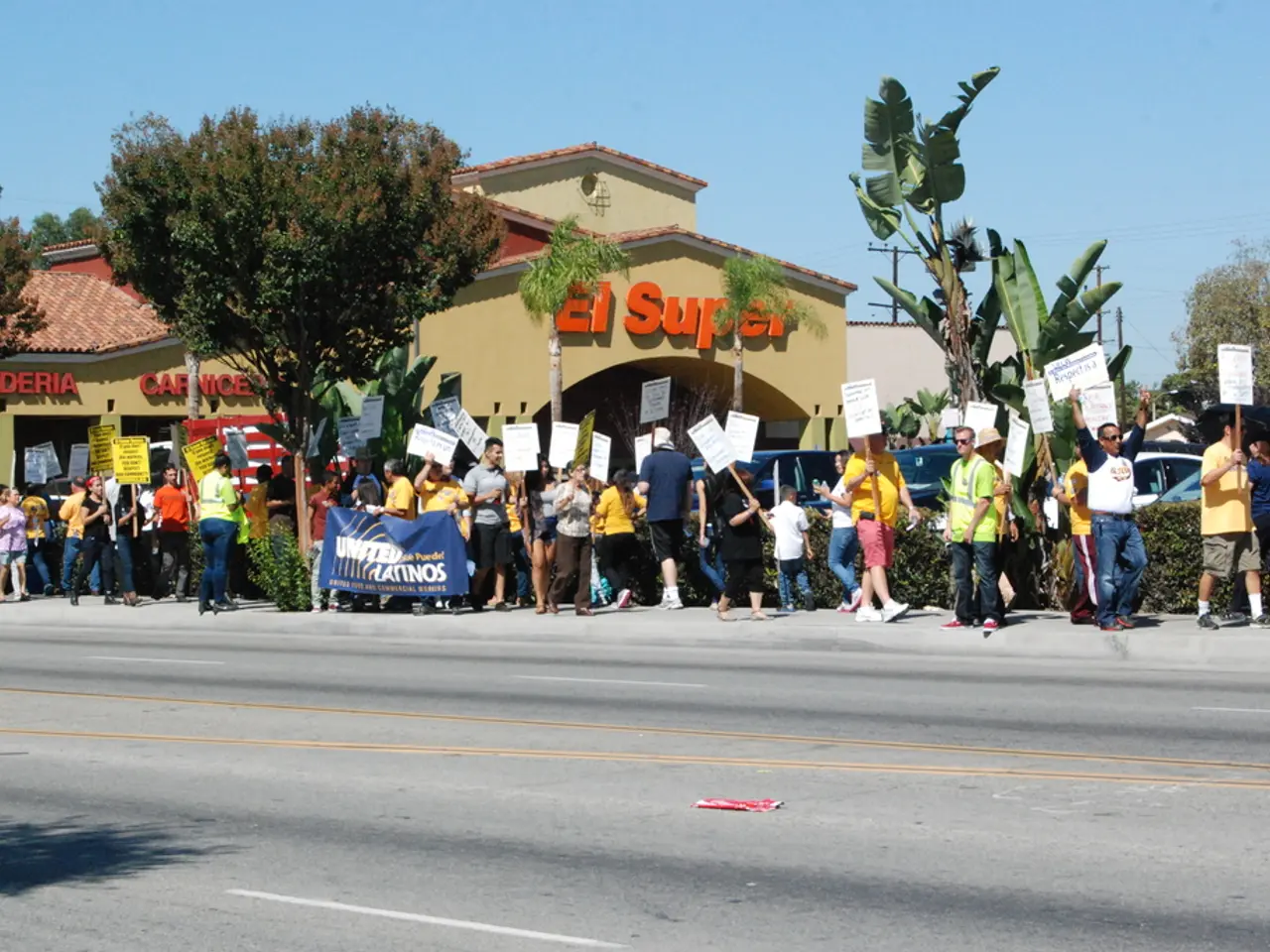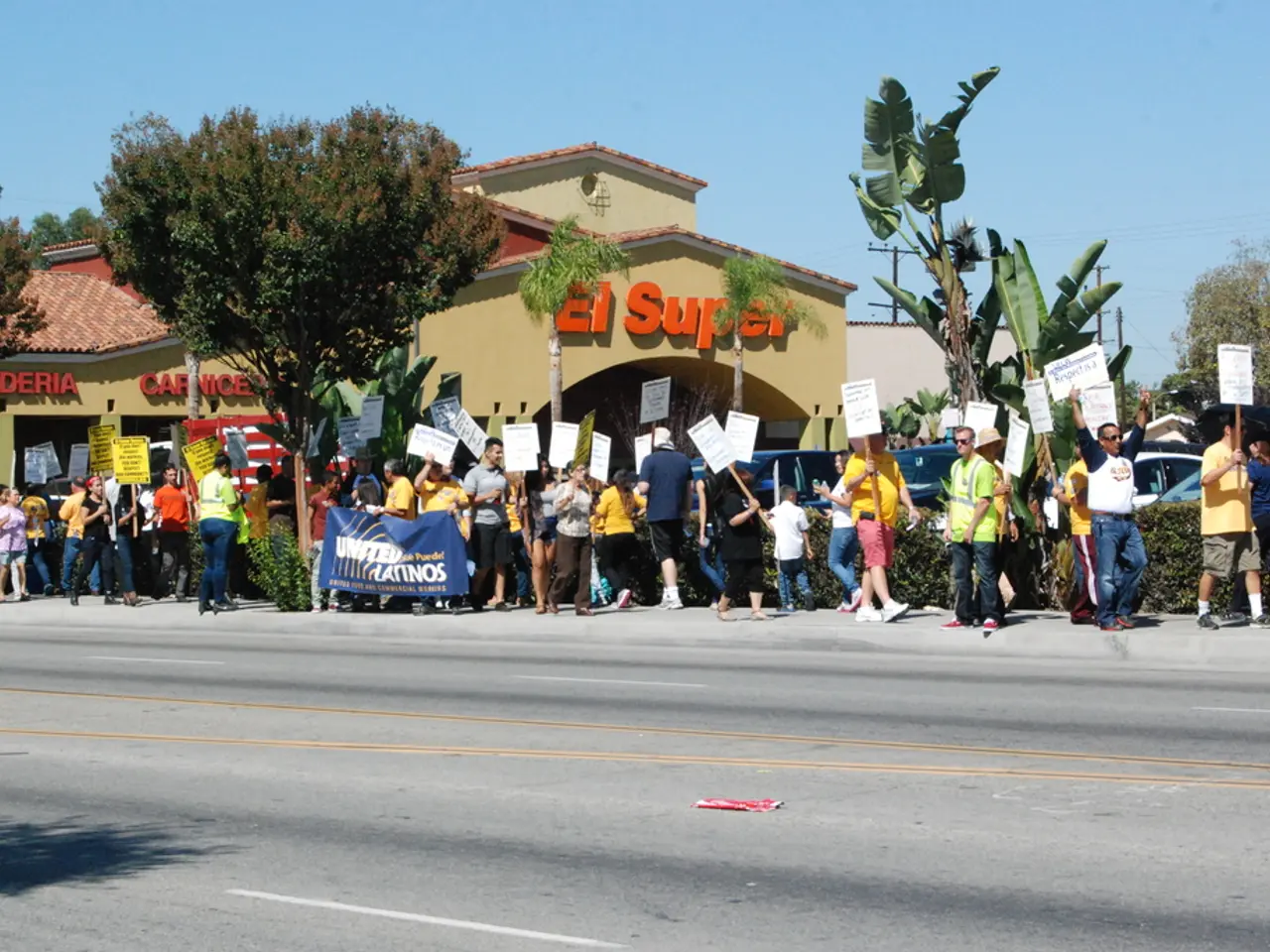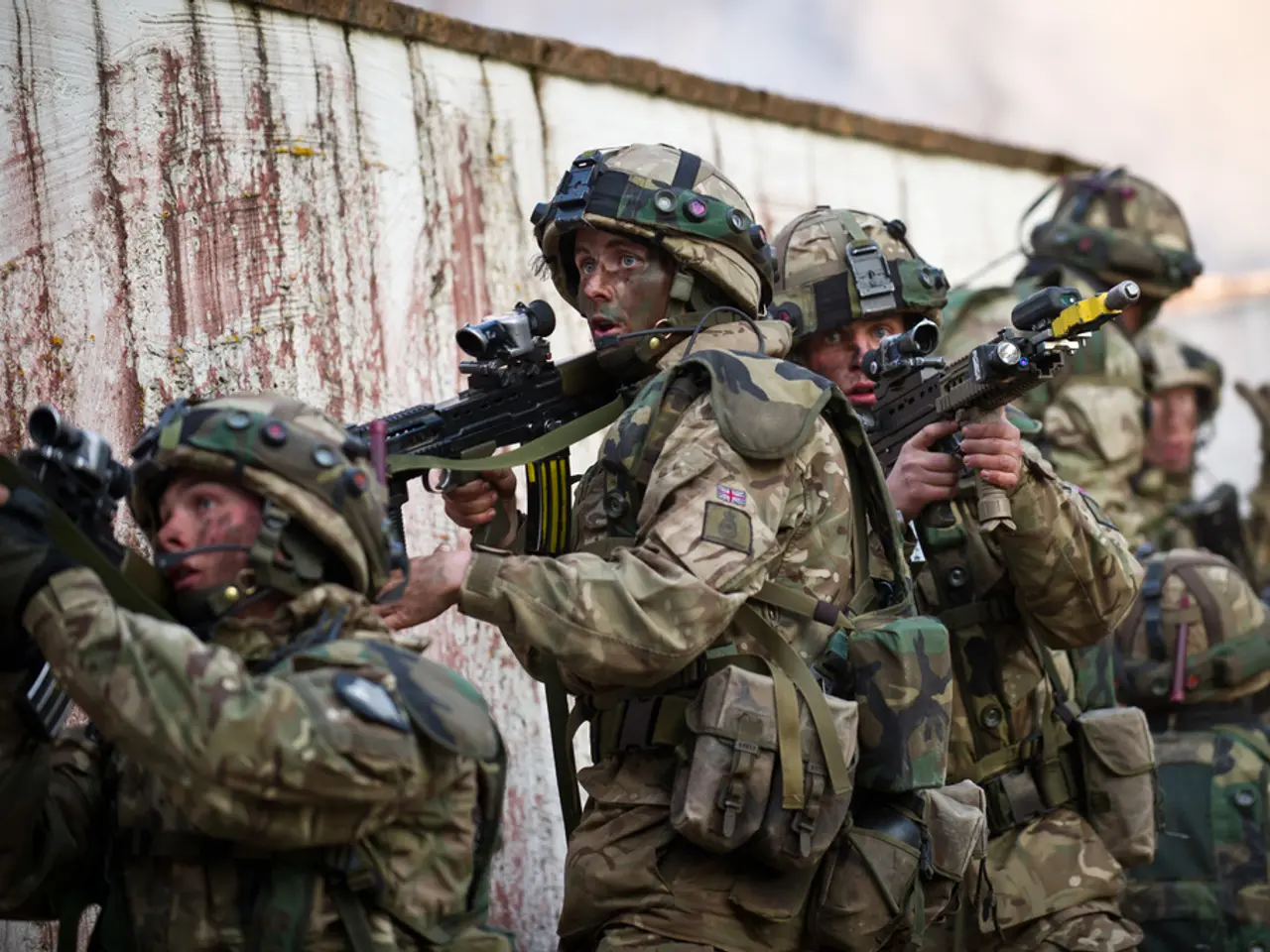Potential traffic management may be necessary in specific locales.
In a bid to enhance safety measures and preparedness, a revised emergency response plan has been unveiled for a potential volcanic eruption beneath the Mýrdalsjökull glacier, specifically regarding the Katla volcano. The updated plan, presented in public meetings held in Vík í Mýrdal in June 2025, takes into account changes in population demographics and increased tourist numbers in areas closer to the glacier.
The key revisions in the updated plan focus on monitoring and risk communication, involving both scientific experts and civil protection. Traffic management and area control are central aspects for mitigating impacts during an imminent eruption.
If an eruption is imminent, with potential flooding or ash fall, traffic may need to be controlled in certain areas depending on conditions such as wind direction, eruption source, and where the effects are expected. This approach aims to improve public safety by controlling access and movement in vulnerable zones as conditions evolve.
The public meetings, which were held in both English and Icelandic, were well-attended, with around 30 people attending the English-language session and nearly 100 participating in the Icelandic-language meeting. Geophysicist Magnus Tumi Gudmundsson from the Institute of Earth Sciences and Bergur Einarsson from the Icelandic Meteorological Office were among the presenters, discussing the eruption history, monitoring systems, risk assessments, and other topics under the responsibility of the Meteorological Office.
Bjoern Ingi Jonsson, Director of Civil Protection for the South Iceland Police, also attended the meetings. He stated that both gatherings went very well and that the public participated actively. He emphasized that the revised plan is primarily based on the previous 2017 version but includes updates to reflect increased residents and tourists near Mýrdalsjökull.
The revised plan addresses these demographic and tourism-related changes by outlining possible authorities' interventions if signs of volcanic unrest are detected. This includes provisions for traffic control in certain areas based on eruption conditions. The updated plan demonstrates a strengthened preparedness posture that accounts for evolving population and tourism dynamics in the region around the glacier.
- Environmental scientists and geophysicists, such as Magnus Tumi Gudmundsson and Berguer Einarsson, provided insights on the eruption history, monitoring systems, risk assessments, and other topics during the public meetings for the revised emergency response plan.
- In light of climate-change and the growing environmental-science awareness, the updated plan incorporates proactive policies and legislations, aiming to mitigate the impacts of a potential volcanic eruption beneath the Mýrdalsjökull glacier.
- The revised emergency response plan highlights the importance of scientific research and political coordination, focusing on monitoring and risk communication, traffic management, and area control.
- Bjoern Ingi Jonsson, Director of Civil Protection for the South Iceland Police, stressed that the updated plan reflects an enhanced emphasis on preparedness, taking into account increasing residents and tourists near Mýrdalsjökull as well as the ever-changing climate and environmental factors in the region.






